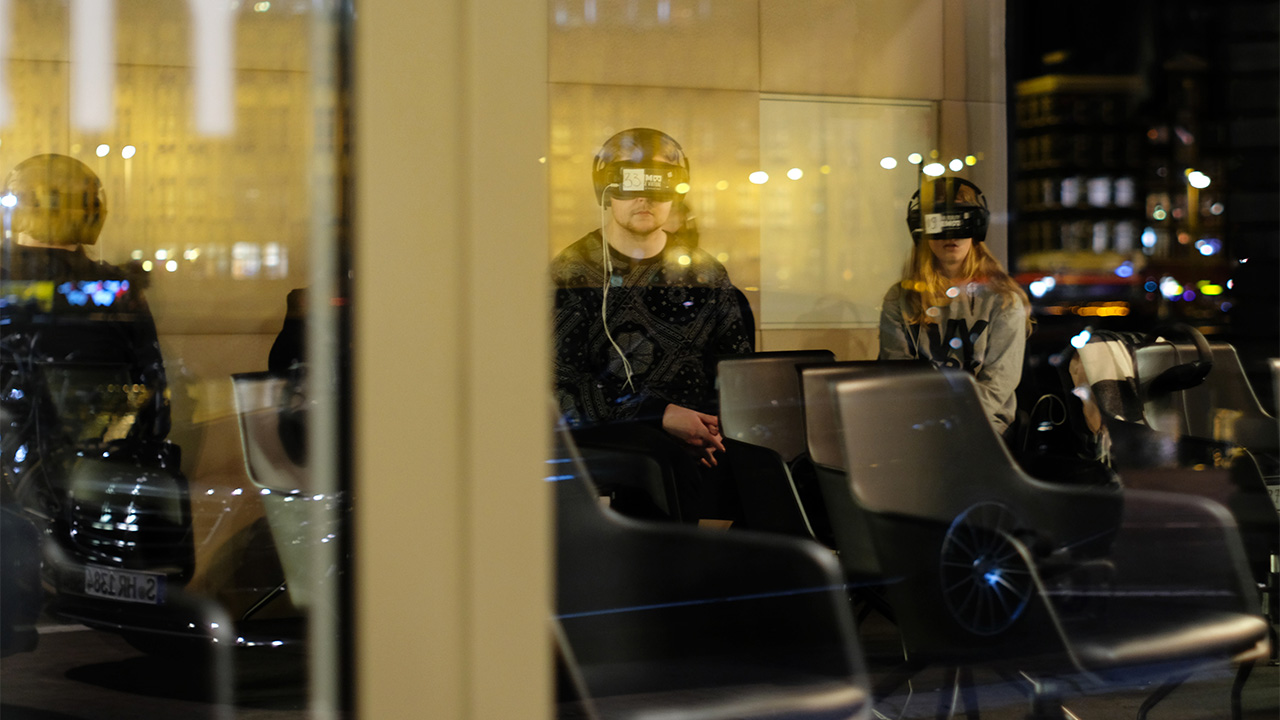Posters, leaflets, videos – there are plenty of ways to communicate the importance of vaccination against infectious diseases. However, uptake of many vaccines – including the annual flu vaccine – is often too low. As a result, major outbreaks continue to occur.
Glen Nowak and his team at the University of Georgia have been trying a new approach. Virtual reality (VR) technology is already being used in education, business, sport and entertainment. Now, its potential to change behaviours in public health are under the microscope.
‘One of the challenges we often face in the world of vaccination is getting people to imagine what it’s like to have an infectious disease and to transmit it to others,’ Nowak says. ‘What VR can do is reduce the need to rely on people’s imagination. Instead, you can give people an experience of how it feels it be infected with flu and protected against flu.’
The VR experience places people in a restaurant where they spread the flu virus to other people. Then they are shown two of these people – a child and an older man – in a hospital bed.

This is where the VR gets really creative: the user is taken inside the body of someone infected with flu and they try to fight the virus using antibodies. However, as they have not been vaccinated, the do not have enough antibodies.
They are then (virtually) vaccinated and shown what a difference it makes to the spread of the virus and to the ability to fight flu.
The big question is: does it work?
Researchers wanted to see whether people exposed to the VR experience changed their view of flu vaccination and their intention to vaccinate in future. They compared three things (1) the VR experience (2) a five-minute video (3) a storyboard of the VR experience on a tablet.
‘Unfortunately, the video and storyboard did not work – you have to do something really immersive to help people feel what it’s like to transmit flu,’ Nowak said. However, VR might not work for everyone.
‘We found that virtual reality can be effective, but it’s not as clear-cut as expected,’ explains Nowak. ‘What mattered was how engaged people thought they were. The people who said they were very engaged were the ones who were persuaded; they were the ones who changed their perspective on the flu vaccine and felt more responsible for spreading the flu virus.’

The good news is that the cost of VR is falling fast. The technology is getting more affordable and accessible. This could pave the way for people to use virtual reality at home or even in doctors’ offices – maybe even in the waiting room before an appointment.
Virtual reality may be about to get real.




